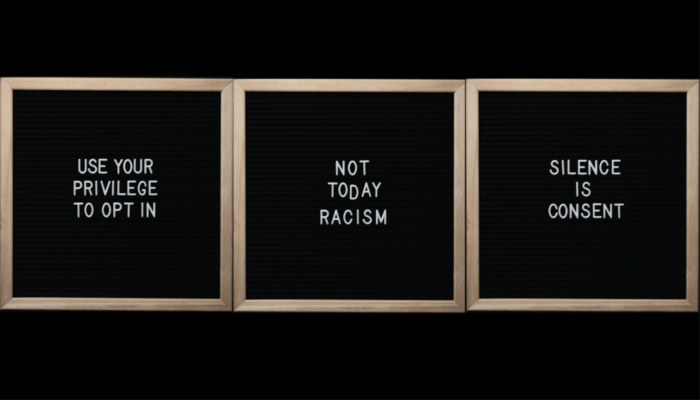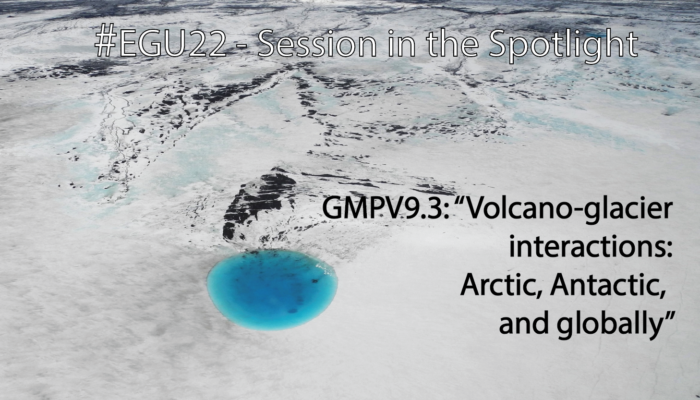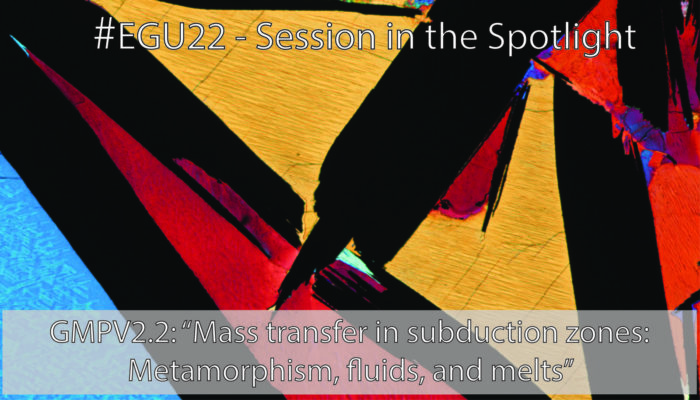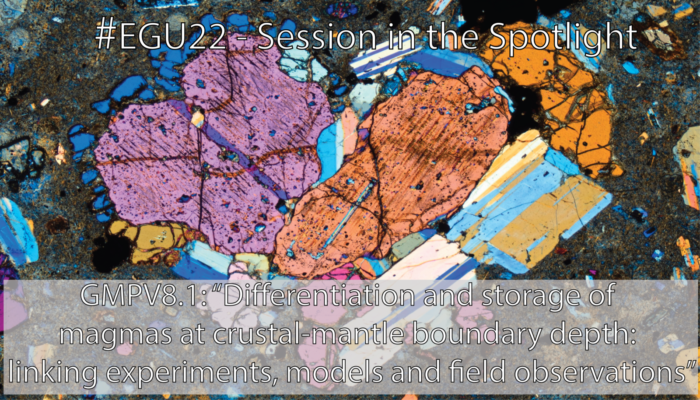The hard truth is, that the geosciences are among the least diverse disciplines in the wide fields of the natural sciences. When we look at the time span from 1973 to 2016, we find that 14,246 PhD degrees were given to white men, while “only” ~5234 were earned by white women in the US. These numbers are already quite shocking, but I promise you it will even get worse: a total of only 163 PhD degre ...[Read More]
#EGU22 session in the spotlight: Volcano-glacier interactions: Arctic, Antarctic, and globally
The #EGU22 abstract submission is almost here – less than a week until it closes on January 12th at 13:00 CET. So it is time to wrap up our sessions in the spotlight with a last highlight – the interdisciplianry session GMPV9.3 “Volcano-glacier interactions: Arctic, Antarctic, and globally“. This session is organized by a diverse team consisting of Eva Eibl, Iestyn Barr, Ad ...[Read More]
#EGU22 session in the spotlight: Mass transfer in subduction zones: Metamorphism, fluids, and melts
How to better start the new year than with submitting your abstract to #EGU22? In case you still did not find the right session yet, we have another great session in the spotlight today – GMPV 2.2 “Mass transfer in subduction zones: Metamorphism, fluids, and melts“, which focusses on the fundamental role fluid and melt expulsion from the slab plays in subduction zones. This inter ...[Read More]
#EGU22 session in the spotlight: Differentiation and storage of magmas at crustal-mantle boundary depth: linking experiments, models and field observations
It’s slowly getting winter in Europe and everybody is slowly starting to finish everything left to do within this year. One thing you shouldn’t forget is to think about an abstract for #EGU22 – the deadline is just within the new year (12. January 2022). But which is the perfect session to accomodate the great science you performed during this year? If you are working on magma ch ...[Read More]




